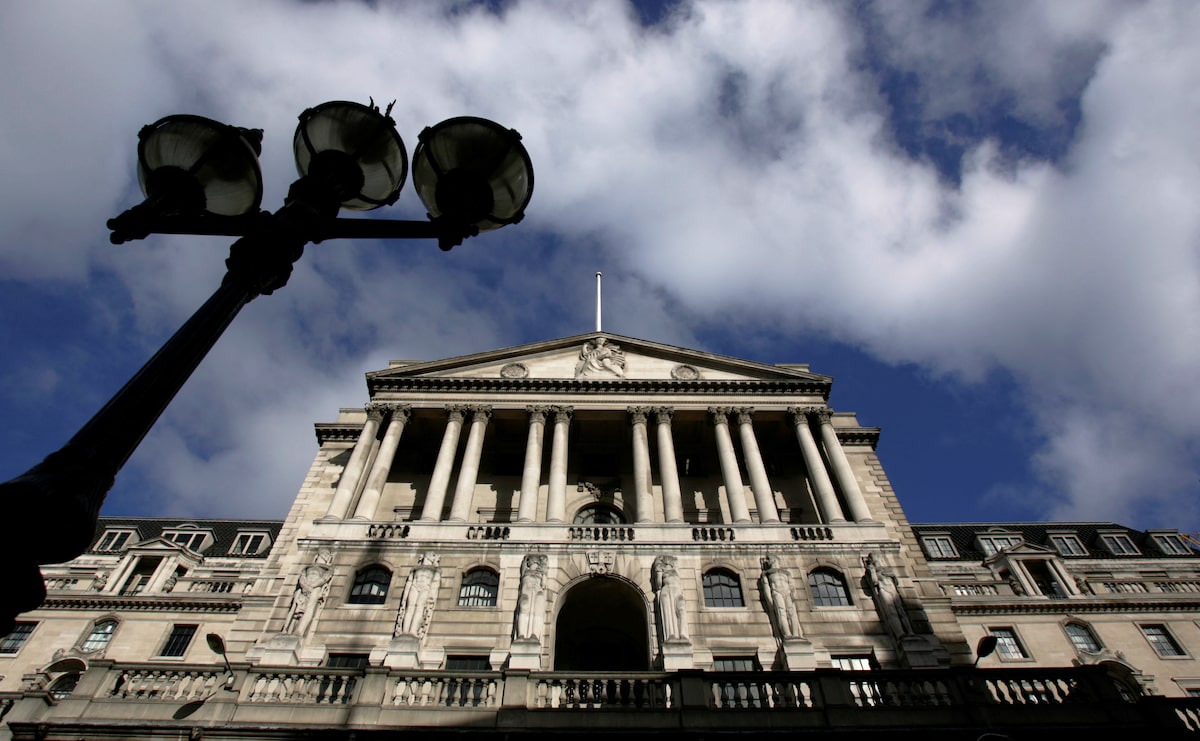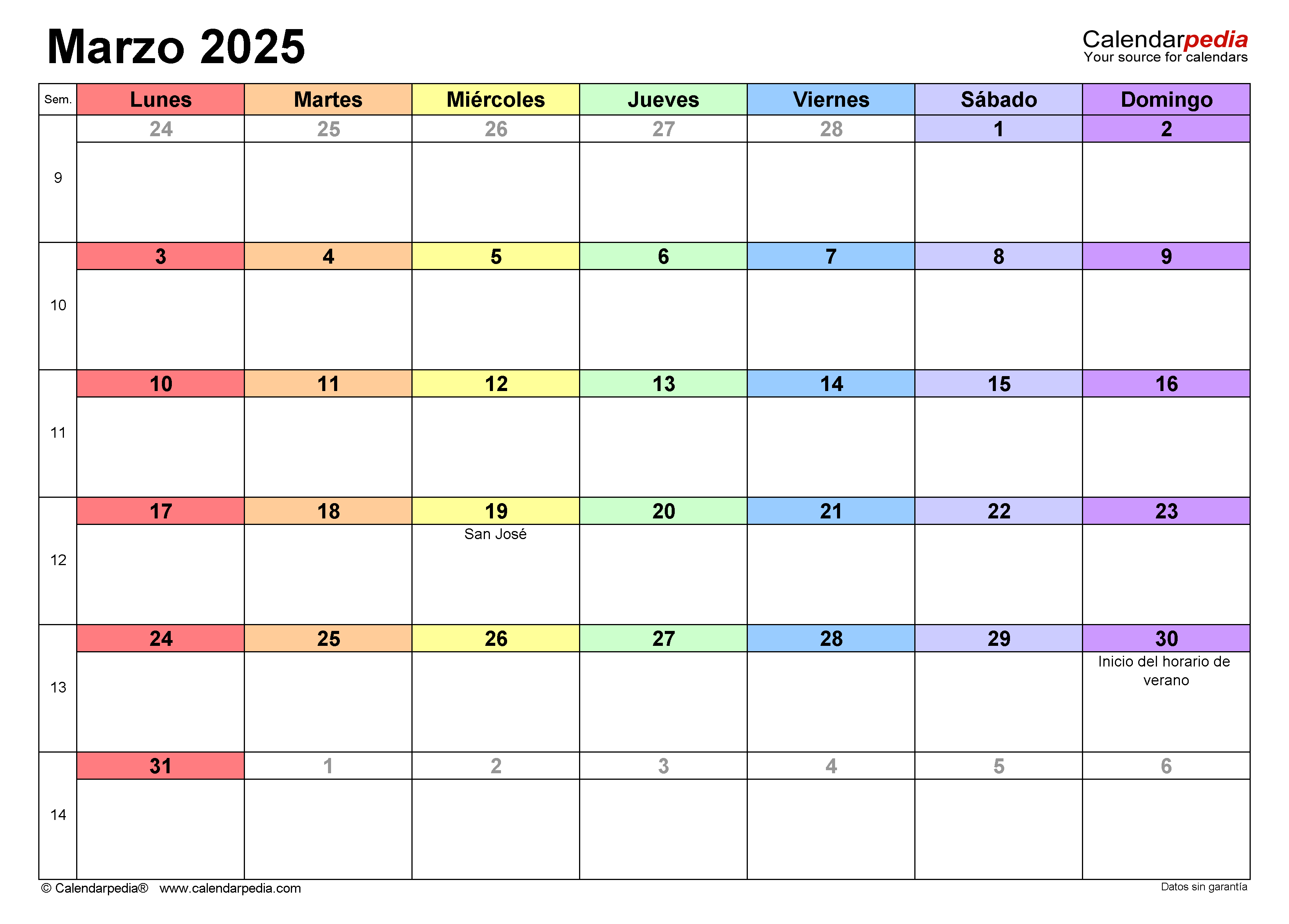BOE Rate Cut Probabilities Decline Following Lower UK Inflation

Table of Contents
Lower Inflation Doesn't Guarantee a Rate Cut
Lower inflation is generally welcomed as a sign of economic stability, but it's not a guaranteed trigger for a rate cut by the BOE. The central bank's decision-making process is far more complex, considering a multitude of economic indicators beyond just the headline inflation figure. The BOE aims for a 2% inflation target, and while the recent dip is encouraging, several factors complicate the picture and suggest caution.
- Persistent Wage Growth and Inflationary Pressure: Strong wage growth, while positive for workers, can fuel inflationary pressures if it outpaces productivity increases. This is a key concern for the BOE.
- Underlying Inflation Remains Stubbornly High: While headline inflation may have fallen, underlying inflation—excluding volatile energy and food prices—remains stubbornly high, indicating persistent price pressures within the economy.
- BOE's Commitment to Price Stability: The BOE's primary mandate is to maintain price stability. A premature rate cut could jeopardize this commitment if it reignites inflationary pressures.
- Global Economic Factors: External shocks, such as geopolitical instability or global supply chain disruptions, can significantly impact the UK economy and influence the BOE's monetary policy decisions.
Market Reaction to Inflation Data and BOE Rate Cut Expectations
The recent inflation data triggered a noticeable shift in financial markets. The initial optimism for a BOE rate cut quickly waned as investors digested the complete economic picture. This change in sentiment is reflected in various market indicators:
- Changes in Bond Yields: Government bond yields, which are closely linked to interest rate expectations, increased following the inflation figures, signaling a reduced likelihood of a rate cut.
- Movement in the GBP Exchange Rate: The Pound Sterling (GBP) experienced some volatility but overall showed resilience, suggesting that the market is not fully pricing in a rate cut.
- Impact on Investor Sentiment and Investment Strategies: Investor sentiment shifted from expectations of lower interest rates towards a more cautious outlook, potentially impacting investment strategies.
- Expert Predictions and Market Commentary: Many economic analysts and market commentators revised their predictions for BOE interest rates, highlighting the diminished probability of a rate cut in the near future.
Analyzing the Underlying Factors Driving Inflation Persistence
The recent dip in inflation doesn't signal the end of inflationary pressures. Several underlying factors continue to contribute to persistent inflation:
- Supply-Side Constraints: Ongoing supply chain bottlenecks and shortages of key materials continue to push up prices.
- The Role of Energy Costs: While energy prices have fallen from their peaks, they remain elevated compared to pre-pandemic levels, impacting inflation across various sectors.
- Impact of Geopolitical Events: Global geopolitical events, including the ongoing war in Ukraine, continue to create uncertainty and impact energy prices and supply chains, adding to inflationary pressure.
- Analysis of CPI Components: A detailed analysis of the Consumer Price Index (CPI) reveals that while some components have fallen, others remain significantly elevated, contributing to persistent inflation.
The BOE's Forward Guidance and Future Monetary Policy
The BOE has provided some forward guidance on its future monetary policy decisions, though considerable uncertainty remains. Recent statements highlight a data-dependent approach, emphasizing the need to carefully monitor economic indicators before making any decisions regarding interest rates.
- Key Statements from BOE Officials: Statements from BOE officials have emphasized the need for sustained progress in reducing inflation before considering any further easing of monetary policy.
- Potential Future Scenarios: Various scenarios are possible, depending on the future path of inflation and economic growth. The BOE's response will hinge on the data.
- Uncertainty Surrounding Economic Forecasts: The current economic outlook remains uncertain, making it difficult to predict the future path of BOE interest rates with confidence.
The Diminishing Likelihood of a BOE Rate Cut – What's Next?
In conclusion, while the recent decline in UK inflation is positive, it hasn't eliminated the possibility of further interest rate hikes, and it has reduced the likelihood of a BOE rate cut. The BOE's decision will depend on a range of economic factors, including persistent wage growth, stubbornly high underlying inflation, global economic conditions, and the ongoing impact of geopolitical events. The uncertainty surrounding the future path of BOE interest rates remains high. To make informed decisions about your investments and financial planning, stay informed about the latest developments regarding BOE interest rates and UK inflation. Regularly check for updates on BOE rate cut probabilities and the broader economic outlook.

Featured Posts
-
 Ferrari Challenge Racing Days Conquer South Florida
May 24, 2025
Ferrari Challenge Racing Days Conquer South Florida
May 24, 2025 -
 Dancing With The Stars Alix Earle Gen Zs Savviest Pitchwoman
May 24, 2025
Dancing With The Stars Alix Earle Gen Zs Savviest Pitchwoman
May 24, 2025 -
 Guccis New Designer Kering Announces Sales Decrease And September Debut
May 24, 2025
Guccis New Designer Kering Announces Sales Decrease And September Debut
May 24, 2025 -
 Esc 2025 Conchita Wurst And Jjs Eurovision Village Performance
May 24, 2025
Esc 2025 Conchita Wurst And Jjs Eurovision Village Performance
May 24, 2025 -
 Gucci Supply Chain Shakeup Departure Of Chief Industrial Officer Massimo Vian
May 24, 2025
Gucci Supply Chain Shakeup Departure Of Chief Industrial Officer Massimo Vian
May 24, 2025
Latest Posts
-
 Tu Horoscopo De La Semana Del 4 Al 10 De Marzo De 2025
May 24, 2025
Tu Horoscopo De La Semana Del 4 Al 10 De Marzo De 2025
May 24, 2025 -
 Calkantili Ve Sadik Erkek Burclari Babalik Perspektifi
May 24, 2025
Calkantili Ve Sadik Erkek Burclari Babalik Perspektifi
May 24, 2025 -
 Predicciones Astrologicas Horoscopo Semanal 4 10 Marzo 2025
May 24, 2025
Predicciones Astrologicas Horoscopo Semanal 4 10 Marzo 2025
May 24, 2025 -
 Guevenilir Erkek Burclari Babalik Rollerinde Basari Ve Zorluklar
May 24, 2025
Guevenilir Erkek Burclari Babalik Rollerinde Basari Ve Zorluklar
May 24, 2025 -
 Horoscopo Del 4 Al 10 De Marzo De 2025 Descubre Tu Pronostico Astral
May 24, 2025
Horoscopo Del 4 Al 10 De Marzo De 2025 Descubre Tu Pronostico Astral
May 24, 2025
